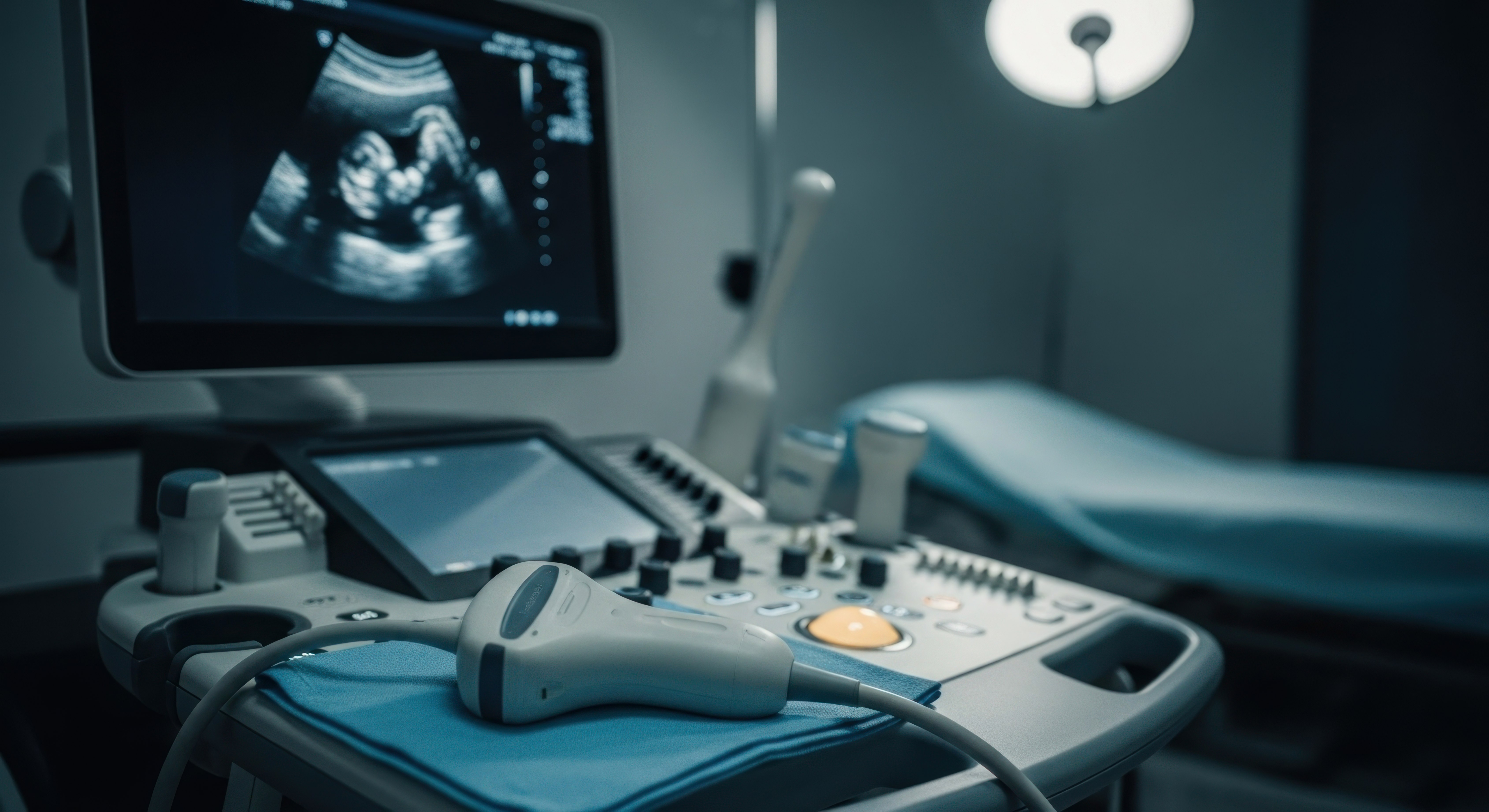Why small women’s health clinics need smarter disinfection
Busy clinics providing pelvic, obstetric and point-of-care ultrasound services face unique infection-control challenges. Probe turnaround time, staff workflow, patient safety, and cost all matter. Many clinics would prefer hospital-grade high-level disinfection (HLD) but assume that it is only feasible in large hospitals with big budgets. That doesn’t have to be the case.
With the right equipment you can deliver validated, automated HLD in under 2 minutes, avoid chemicals and wipes, reduce downtime, and build a compelling business case.
Introducing the UV Smart D45
The UV Smart D45 is specifically designed for ultrasound probes and for settings like women’s health clinics. Some key features:
- Fast, automated high-level disinfection using UV-C light (peak ~253.7 nm) with no consumables (water, wipes, chemicals).
- Cycle times of 75-second allowing rapid turnover between patients.
- Traceability and automated logging of each cycle: probe ID, operator, time/date, UV-C dose, etc.
- Compact footprint (approx. 390 mm × 525 mm × 200 mm) and flexibility of placement (table, cart, wall mount) — ideal for smaller exam rooms.
- CE (MDR Class IIa) certified, manufactured under ISO 13485, with independent lab validation (e.g., Eurofins, Marburg University) that it meets EN-14885 standards.
- Compatibility with major ultrasound probe brands; UV Smart confirms “over 65 GE HealthCare probes are now compatible” as of Jan 2025.
How it fits the small-clinic workflow
Fast turnaround = more patients, less downtime
With traditional chemical/HLD soak methods, you may be looking at a minimum of 15 minutes (or more) of downtime per probe, including rinse, drying and logging. The D45 does it in about 1–2 minutes and no drying required. An article in the Clinical Services Journal says: “the UV Smart D45 … completes disinfection of ultrasound probes in just 75 seconds… enabling quick probe turnover and minimal patient care delays.”
Reduced consumables, simplified logistics
No chemicals, no wipes, no disposal of hazardous fluids, no water lines, no drying racks. The D45 reduces the logistical efforts and lowers recurring costs. Our commitment to a “No consumables” approach is highlighted by following the guidelines of The Green Standard.
Traceability and audit-readiness
Documentation for compliance and infection-control standards is a vital, but tedious process for many clinics. The D45 logs each cycle’s data with ease and supports exporting this information to a HIS/intranet via USB or network. This simplifies compliance, reduces paperwork, and helps demonstrate governance.
Probe preservation
Traditional chemical HLD can degrade probe coverings and damage electronics over time. The D45 uses cold, dry UV-C light, which is gentler on probes and may extend the life of expensive transducers.
Building the business case: Cost & ROI
Step 1: Quantify your baseline
- How many ultrasound probe HLD cycles per day?
- Time per cycle (including pre-cleaning + soak/dry) multiplied by staff cost.
- Cost of consumables (chemicals, wipes, protective gear).
- Space and opportunity cost of probe downtime.
Step 2: Use the UV Smart calculator
Plug those inputs into the D45 Cost &ROI Calculator on the UV Smart site to get estimates of: cost per cycle, savings over time, break-even time, ROI horizon.
Step 3:Consider qualitative benefits
- Reduced patient waiting times = potentially more patients per day.
- Improved brand reputation: “we use hospital‐grade HLD”.
- Reduced regulatory/risk-exposure from infection incidents.
- Sustainability credentials (no chemical waste) may be a differentiator.
Step 4: Present to stakeholders
Contact us and we will build a one-page summary of: projected staff-time savings, consumable cost savings, ROI year by year, plus risk-mitigation benefit. Include a thumbnail screenshot or link to the calculator results.
Safety and efficacy you can trust
UV-C for ultrasound probe disinfection isn't new, it’s trusted across the world by organizations like the EU, PMDA, TGA and Health Canada. Independent studies and real-world evaluations included in our clinical library show that UV-C systems consistently achieve effective high-level disinfection for semi-critical ultrasound probes, while avoiding the variability and handling risks of chemical methods.
Implementation checklist for your clinic
- Confirm compatibility of all probe models via UV Smart’s D45 Compatibility list.
- Determine best placement: ideally near the exam room or within a minute’s walk to minimise wasted motion.
- Allocate staff training (pre-cleaning remains mandatory; D45 is the final HLD step).
- Connect output logging to your clinic’s QA/infection-control system (or print/provide paper tickets).
- Monitor cycle-times, downtime and staff feedback during the first 4–6 weeks. Adjust workflow if necessary (e.g., staff repositioning, signage).
- Use the output from the calculator to benchmark success and justify the purchase.
Conclusion
For small women’s health clinics seeking hospital-grade infection control for ultrasound probes the D45 presents a compelling solution. The fast, automated, traceable, consumable-free, and sleek design for smaller settings is perfect for clinics that want keep down cost, space, chemical handling and downtime of traditional systems, while increasing patient satisfaction and volume.
You’re not alone building your business case. We help you share the ROI with stakeholders, and implement a workflow that protects patients, enhances throughput, and supports your clinic’s growth.
Schedule a demo today to learn more.








.jpg)
